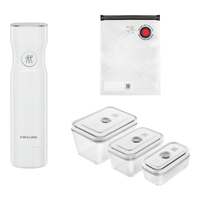
Jessica Dady
Master how to cook mince meat with this easy recipe. It takes under an hour and can be served with pasta, jacket potato or even in a toastie.
This basic mince recipe requires eight ingredients but is easy to customise depending on what vegetables you have and need to use up. Make a big batch so you only have to cook once and then freeze in portions for future meals.
Ingredients
- 1tbsp sunflower oil
- 1 med onion, peeled and chopped
- 2 carrots, peeled and diced
- 500g minced beef
- 250g chestnut mushrooms, sliced
- 2 level tbsp plain flour
- 400g can chopped tomatoes
- 1 beef stock cube
WEIGHT CONVERTER
Method
- Heat the oil in a sauté pan or large frying pan, add the onion and carrots and cook over a medium heat for about 5 minutes, stirring occasionally, until the vegetables have started to soften.
- Add the beef to the pan and cook for about 5-10 minutes, stirring to break up the meat, until it browns. Once the meat is crumbly add the mushrooms to the pan and cook for a few minutes.
- Sprinkle over the flour, then mix it in well and heat for 3-4 minutes to cook the flour. The flour will absorb the fat that comes out of the meat, which will then thicken the sauce.
- Pour in the can of tomatoes, sprinkle in the stock cube and bring the mixture to the boil, stirring continually, then reduce the heat and simmer for about 10 minutes, until it thickens slightly and the vegetables are tender.
- Season to taste with salt and pepper before serving, or use it as a base for another recipe. If the sauce seems very thick, just add a little boiling water.
Watch how to cook mince meat
Top tips for mastering how to cook mince meat
Mince meat or ground meat, usually refers to beef but you can also buy minced lamb, pork and chicken. The same cooking principles apply but the final flavour and texture will vary depending on the meat you use.
You can also buy lots of vegetarian and vegan alternatives. These are unlikely to brown in the same way as mince and it’s more about heating the meat substitute until it’s piping hot. You may need more spices and seasoning for vegetarian and vegan alternatives to mince meat because it will lack the flavour that meat brings naturally.
Continue reading for tips on how to prepare a basic mince recipe ahead, freeze it for future use and some serving suggestions too.
How to freeze mince meat?
You can freeze raw mince meat. It’s best to do this while still within the use by date but if you’ve bought it reduced from the supermarket or butcher you can freeze it on the day of purchase. It can be a good idea to freeze in smaller portions so you can only defrost what you need. Allow the raw mince to defrost fully before using as instructed in your recipe.
You can also freeze cooked mince meat. Allow it to cool completely then transfer to food bags or airtight containers and freeze. Once again, you should defrost fully before reheating until piping hot.
In both cases, once defrosted the food should be cooked and consumed within 24 hours.
How far in advance can you cook mince meat?
This recipe will keep in the fridge for up to two days. You should only reheat once so it’s best to do smaller portions if you aren’t sure you’ll eat all the leftovers at once.
How do I know when my mince is cooked?
Mince is cooked when it is brown and golden all over and there is no more pink. It should also reach a temperature of at least 71C when probed with a meat thermometer.
How to cook mince meat in a pan?
For this basic mince recipe we cook it in a large saucepan with a little oil. You could brown the mince with the onion and carrot in the pan and then finish in the oven. If you want to do this we recommend using a casserole dish which is suitable for use on the hob and in the oven.
What is the best fat content for beef mince?
If you want to keep the calories and fat content of your overall recipe to a minimum, it’s best to use lean mince meat with around 5 per cent fat content.
You may need to use more oil when cooking with lean mince to stop it from sticking to your pan. Using a non-stick frying pan can limit the additional oil needed. Leaner mince meats tend to dry out more so you might want to make sure your sauce brings plenty of moisture.
Beef mince with a higher fat content, most commonly, 10, 15 or 20 per cent can be good for recipes like burgers and meatballs. The additional fat adds more flavour and keeps the meat succulent. When cooking mince meat with a higher fat content, you can always drain away or dab some of the excess fat out of the pan using a little kitchen paper.
It’s important to store the raw and cooked mince meat appropriately to keep it safe for consumption. An airtight container will keep the food fresher for longer but this vacuum set from ZWILLING goes the extra mile.
ZWILLING Fresh & Save Vacuum Starter Set - View at ZWILLING
These containers can keep food fresh for up to five times longer than non-vacuum storage. The 14-piece kit includes a rechargeable pump, three different sizes of glass containers, and a selection of vacuum-storage bags. All the containers are dishwasher and microwave-safe. The glass containers can be used in the oven without the lid.
Once you’ve cooked this basic recipe, making spaghetti bolognese will feel like a breeze! Adding a couple of ingredients will mean you have a hearty chilli con carne or cottage pie.

Jessica is a freelance food writer, stylist and recipe tester. She previously worked as Senior Food Writer at Future. While at Future Jessica wrote food and drink-related news stories and features, curated product pages, reviewed equipment, and developed recipes that she then styled on food shoots. She is an enthusiastic, self-taught cook who adores eating out and sharing great food and drink with friends and family. She has completed the Level 1 Associate course at the Academy of Cheese and is continually building on her knowledge of beers, wines, and spirits.
- Jessica DadyFood Editor
-
 How to cook mince meat
How to cook mince meatLearn how to cook mince meat with our easy basic mince recipe.
By Jessica Ransom Last updated
-
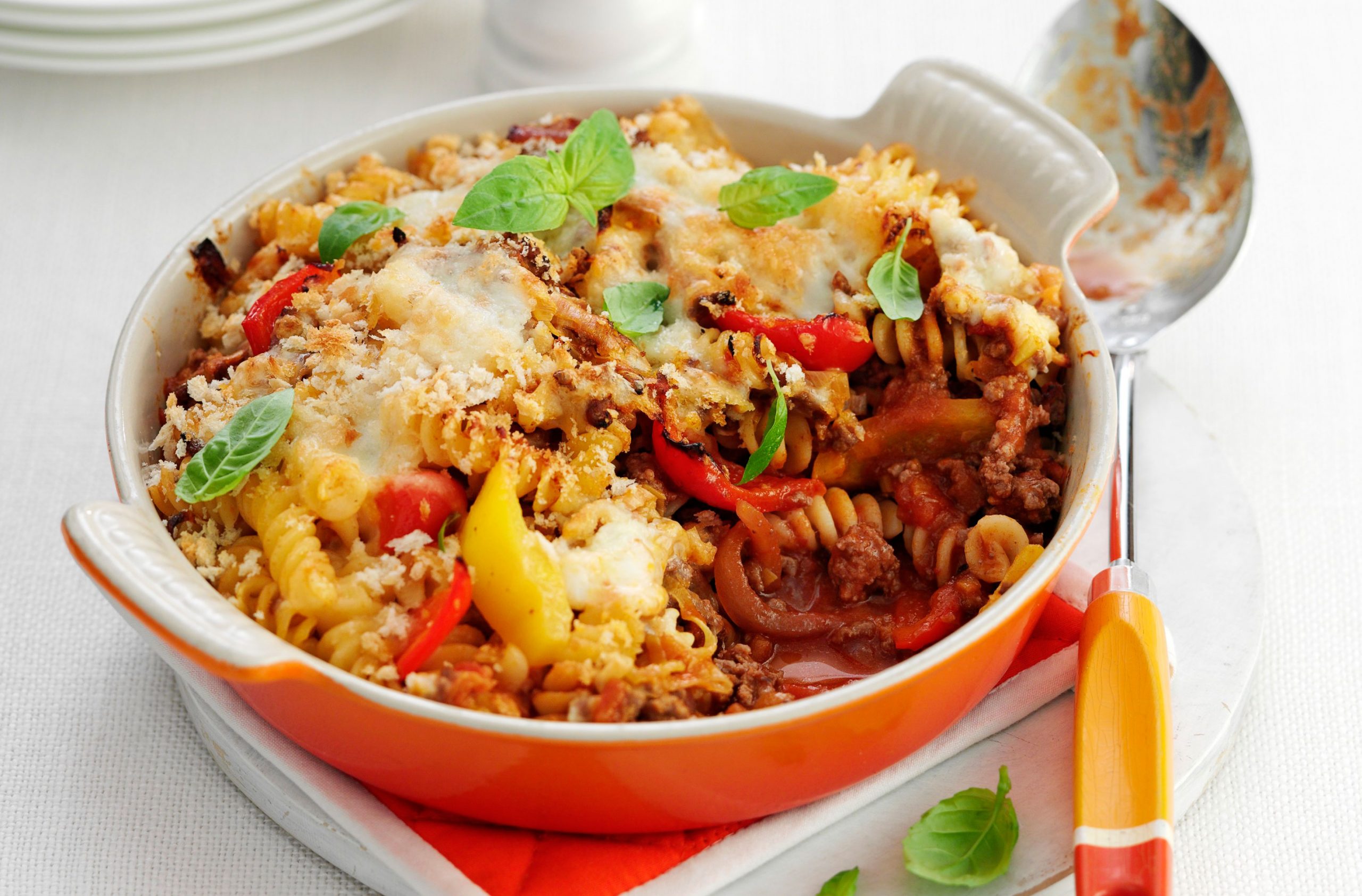 Cheesy mince pasta bake
Cheesy mince pasta bakeOur cheesy mince pasta bake recipe is a family favourite you'll want to make time and time again. This hearty dish takes around 1hr to make
By Sue McMahon Published
-
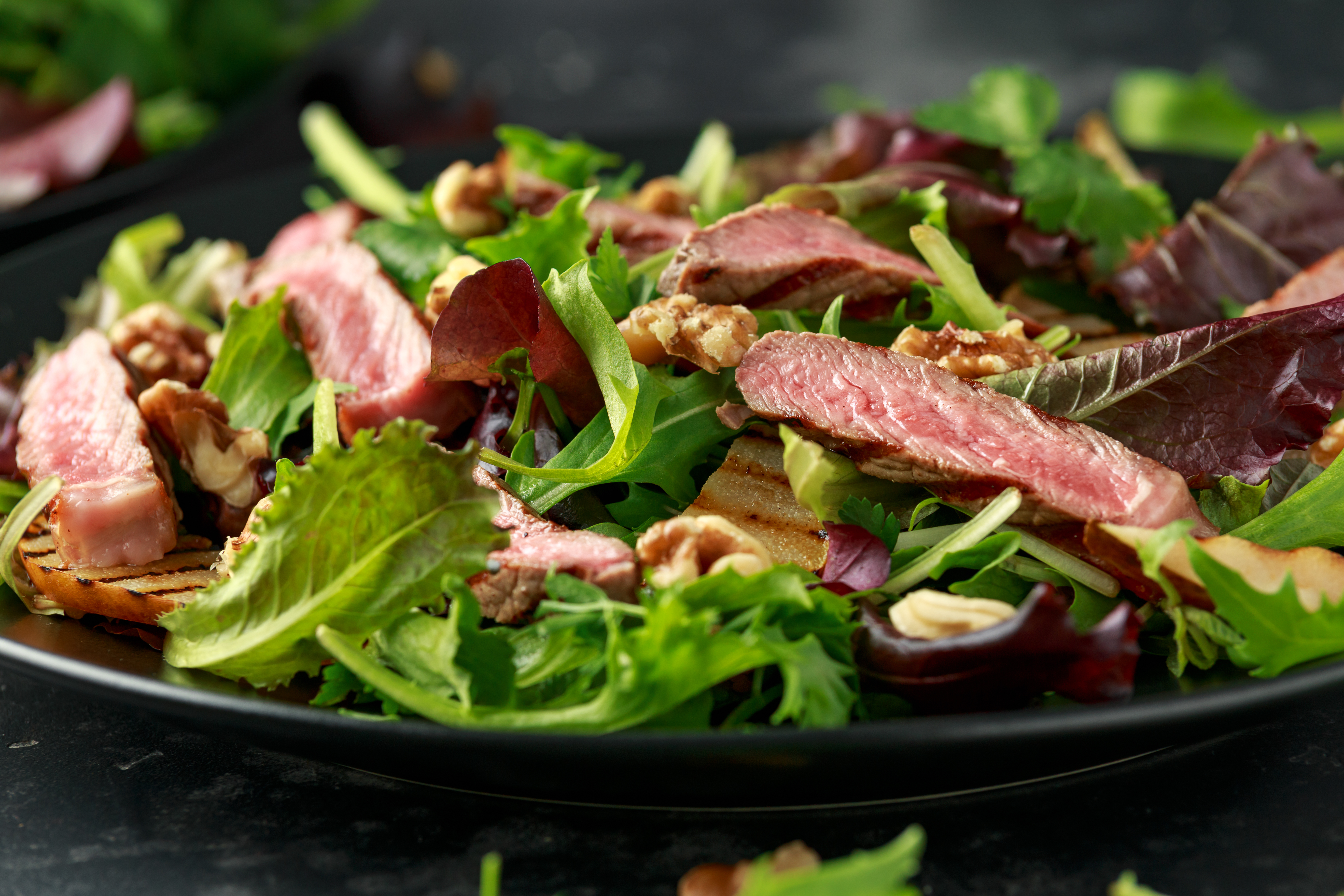 Beef and beetroot salad
Beef and beetroot saladThis beef and beetroot salad matches juicy succulent stead with chargrilled vegetables and inky dark beetroot to make one of the tastiest salads around.
By Jessica Dady Published
-
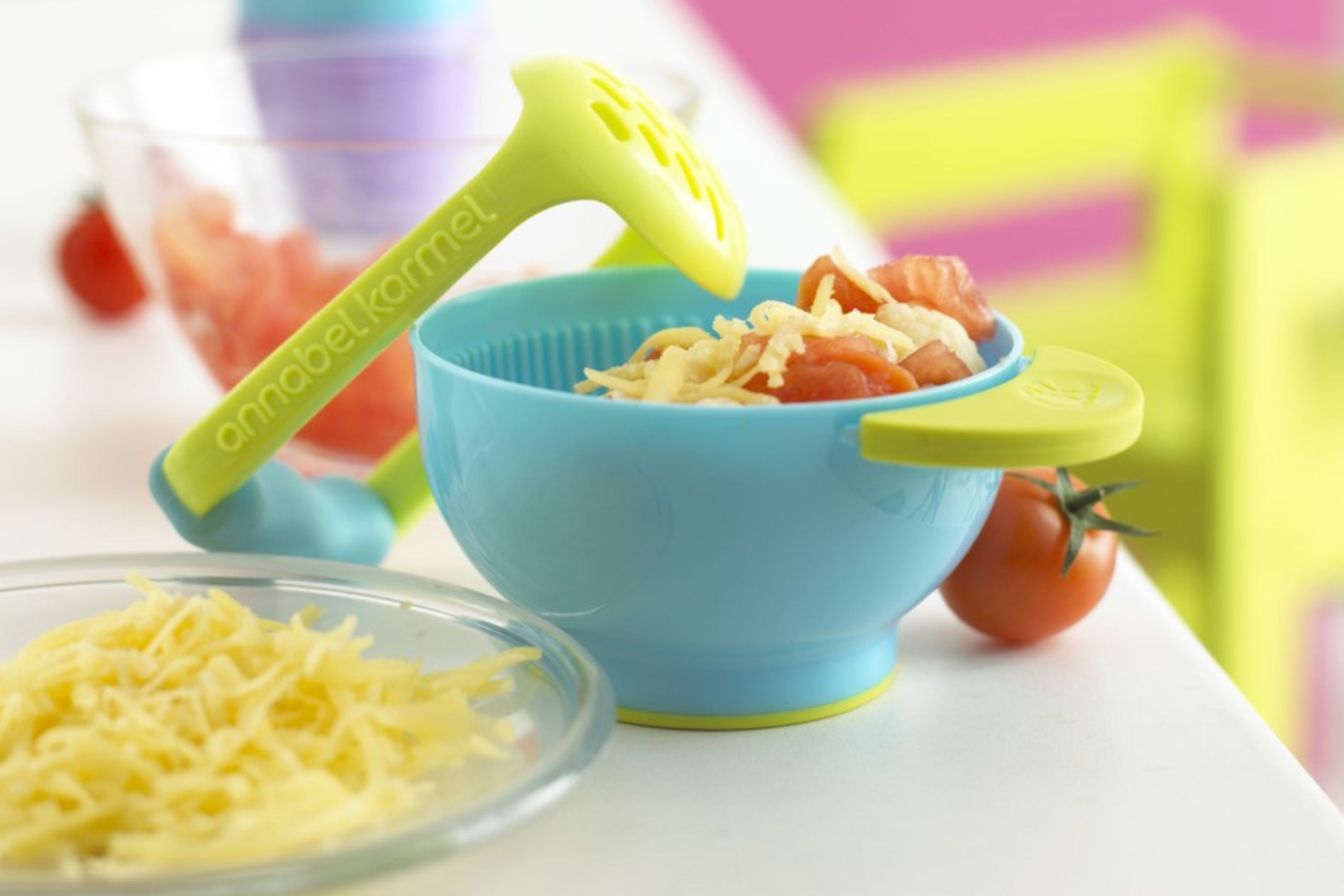 Annabel Karmel's trio of vegetables with tomato and basil
Annabel Karmel's trio of vegetables with tomato and basilSuitable for six months plus, this baby food by nutritional expert Annabel Karmel is made with a whole heap of veggies...
By Annabel Karmel Published
-
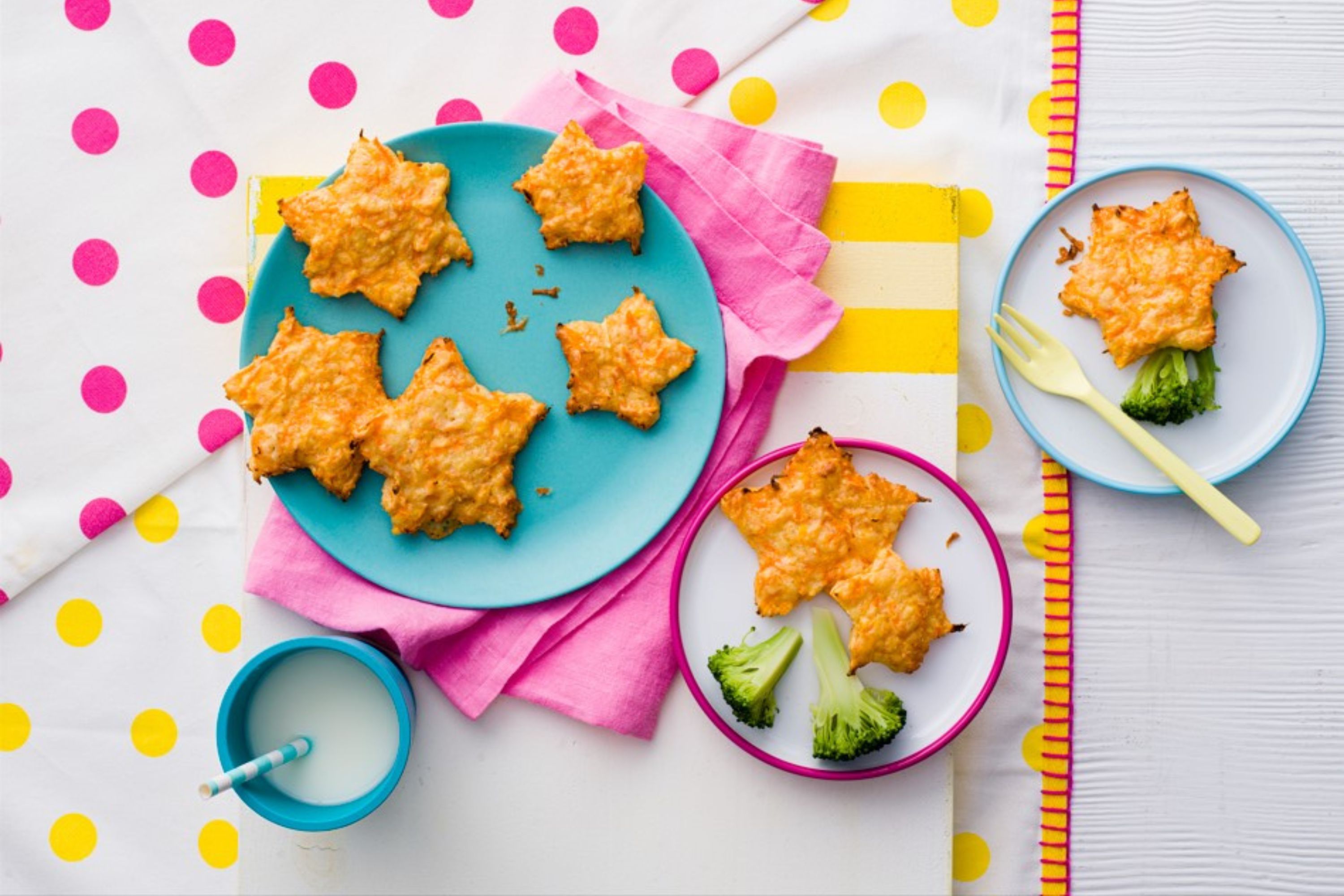 Annabel Karmel's cheesy carrot stars
Annabel Karmel's cheesy carrot starsThese flavour-packed cheesy carrot stars by Annabel Karmel are perfect for introducing finger foods to your little one...
By Annabel Karmel Published
-
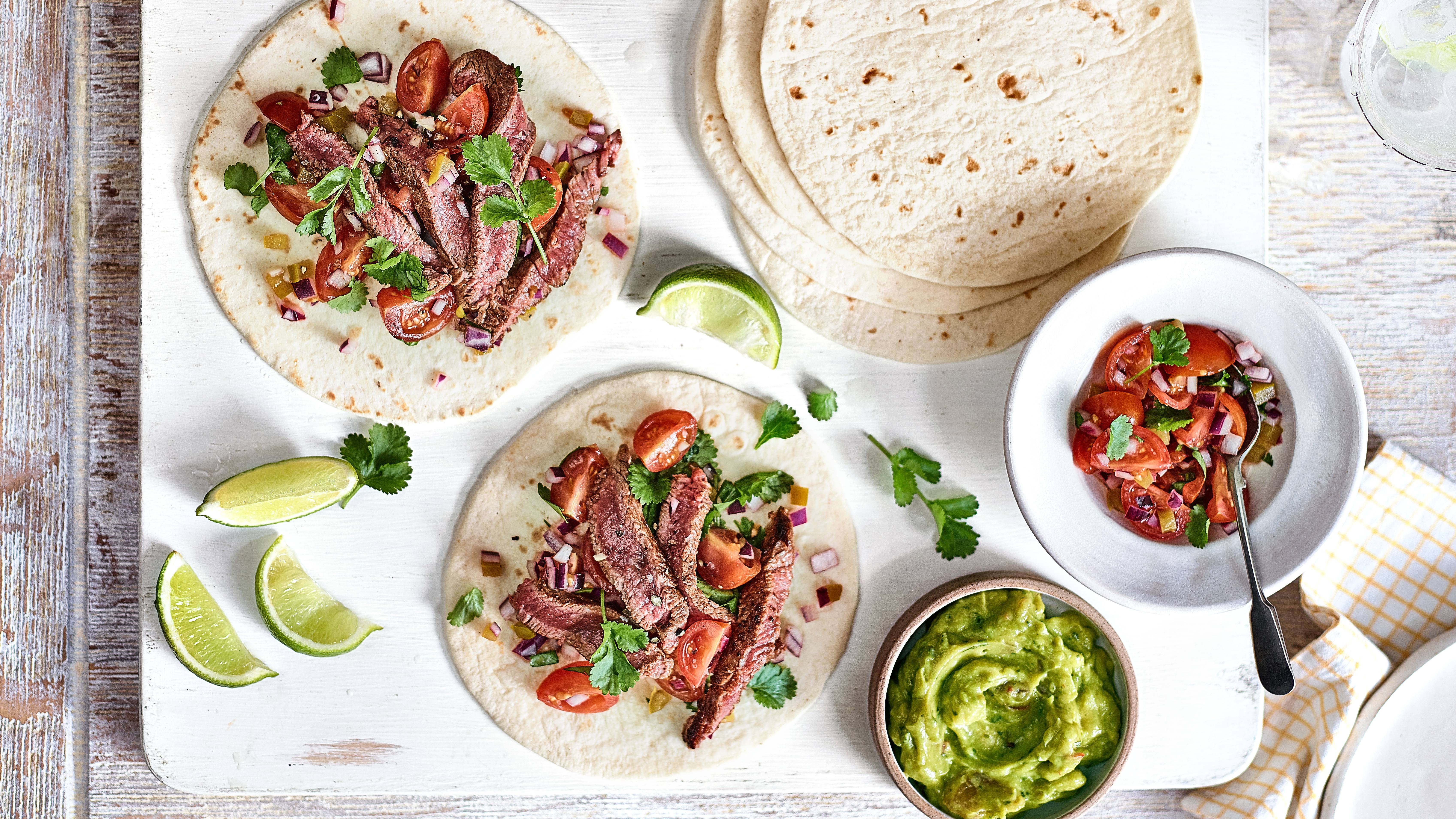 Steak and salsa wraps
Steak and salsa wrapsOur steak and salsa wraps are one of those build-you-own suppers the teens in your house will love...
By Jessica Ransom Published
-
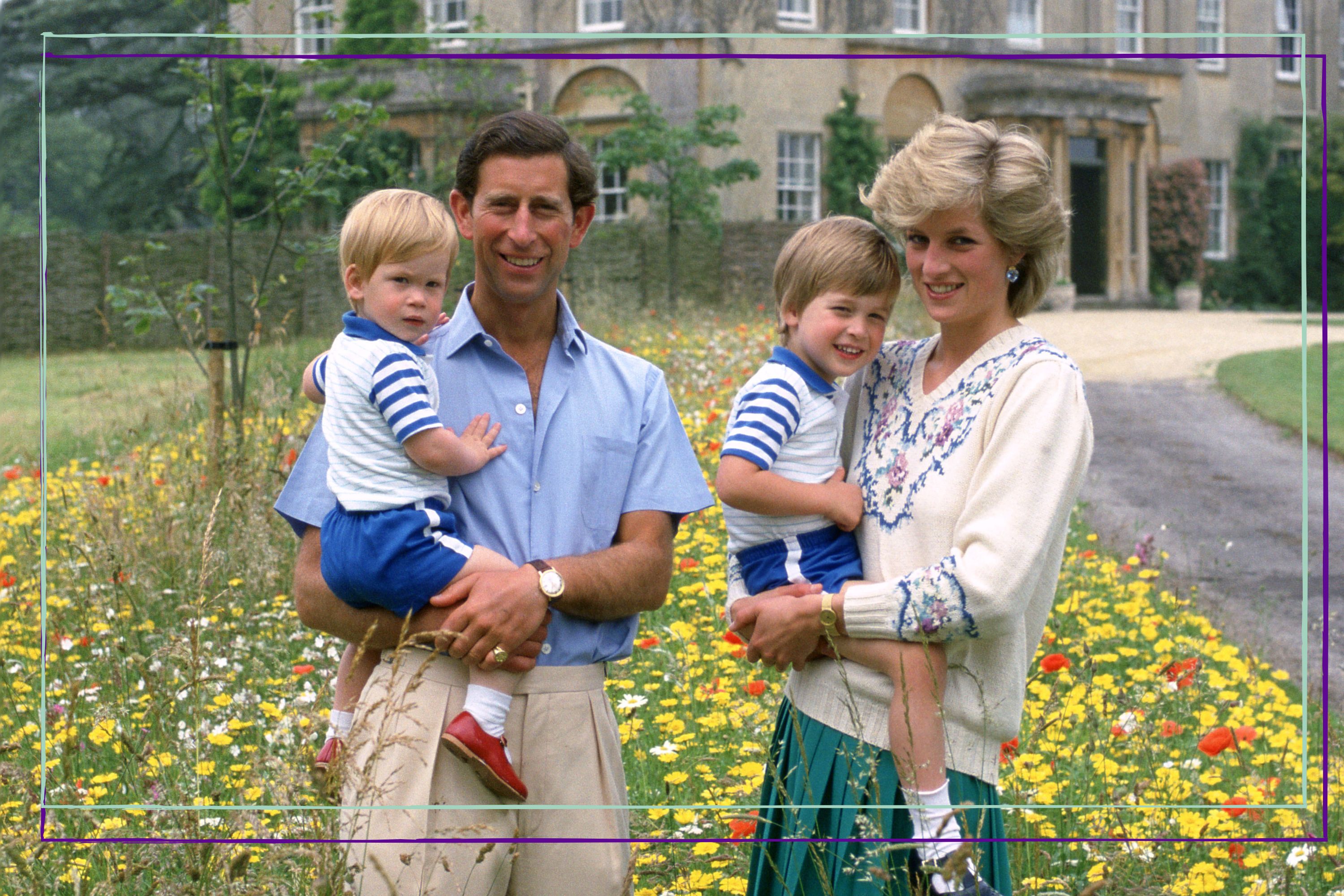 Prince William and Prince Harry’s ‘favourite’ childhood meals are surprisingly ‘normal’ and easy to recreate for family dinners
Prince William and Prince Harry’s ‘favourite’ childhood meals are surprisingly ‘normal’ and easy to recreate for family dinnersThe brother's enjoyed "traditional, English food"
By Charlie Elizabeth Culverhouse Published
-
 Feel insecure in your relationship? Check if you recognise these 6 'healthy habits'
Feel insecure in your relationship? Check if you recognise these 6 'healthy habits'If you're feeling insecure in your relationship, take a look at these six healthy habits that those in a secure partnership practice - introducing them could make a difference.
By Lucy Wigley Published
-
 Mrs Hinch leaves the internet in shock with very bizarre dinner recipe
Mrs Hinch leaves the internet in shock with very bizarre dinner recipeBy Hayley Minn Published
